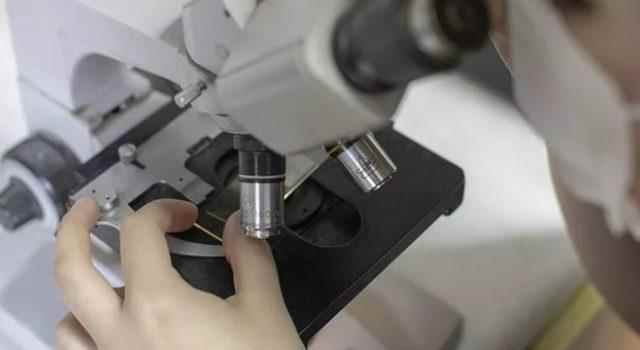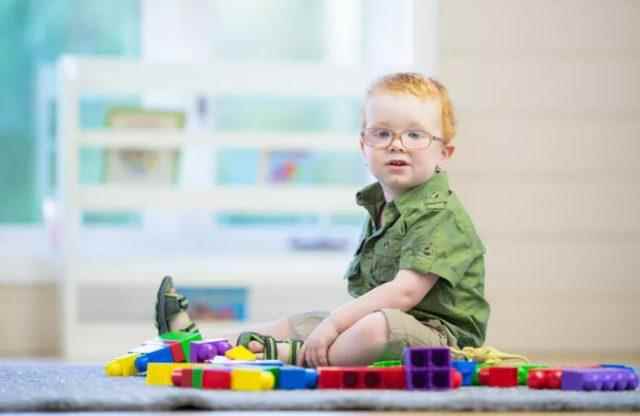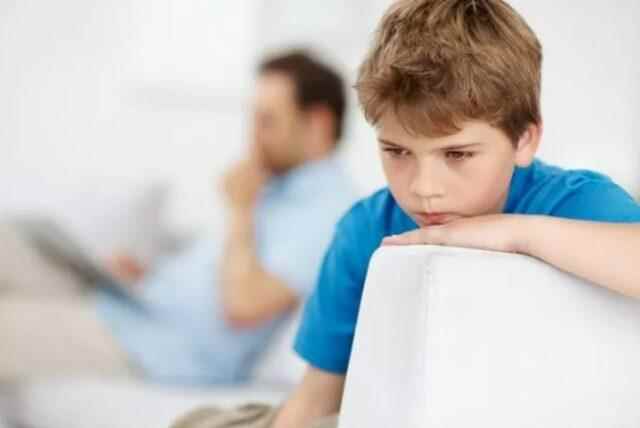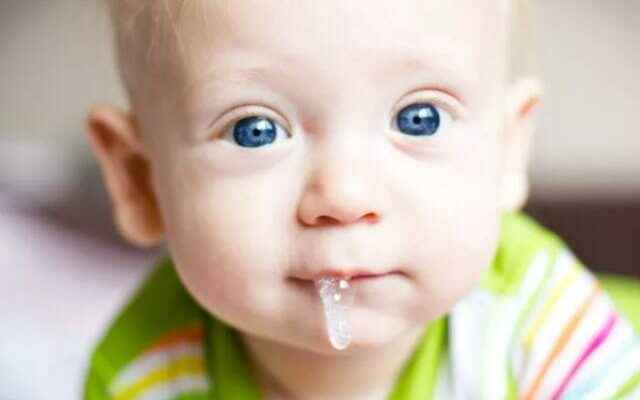Late recognition of autism, which is usually understood in the first two years after birth, can cause irreversible consequences for both the individual with autism and their family. Since autism is a disease that causes problems in social interaction and communication, it is vital to diagnose this disease early. LinusBio, a research company based in New York state, has developed a test that analyzes a single hair strand for higher lead and aluminum levels in autistic children.
THE TEST IS ESTIMATED 81 PERCENTLY
The test involves sending a hair sample to a lab for analysis. The study showed that it accurately predicted autism 81 percent of the time. It has been described as ‘groundbreaking’ by independent scientists and is now fast tracked by the Food and Drug Administration (FDA).
ONE CENTIMETER OF HAIR IS ENOUGH FOR THE TEST
Because there is no standardized test for the condition, doctors must rely on the child’s developmental history and behavior. But the New York-based startup scientists called LinusBio said their new test should not be used on its own, but in conjunction with other methods. But they insist it can help shorten the diagnostic window. “With about a centimeter of hair, we can detect the clear rhythm of autism,” Manish Arora, the company’s co-founder and CEO, told NBC News.

AUTISM-RELATED SUBSTANCES IN HAIR ARE CONTROLLED
“The problem with autism is that it’s diagnosed, on average, at age four. By then, a lot of brain development is already happening. We want to make early intervention possible.” For the test, the scientists first use a laser to peel off the surface layer of the hair. A second, more powerful laser is then passed through the hair, measuring at 650 points per centimeter. This also turns the thread into plasma. It controls substances linked to autism, including metals such as lead, cadmium, arsenic, zinc and copper, among others.
METAL RATE IS HIGHER IN THE HAIR OF AUTHISTIC CHILDREN
Previous research has found higher levels of all three essential metals in the hair of autistic children. Researchers are unsure why this is the case, although it may be linked to genetic factors or exposure to environmental substances. The results are then fed into a computer program that looks for patterns that indicate autism. It was developed using studies conducted on hundreds of people in Sweden and the USA.

CORRECT RESULT IN 394 CASE
The scientists tested their method on strands of hair collected from 220 Japanese children when they were about a month old. The results were then compared to the clinical diagnosis of autism, which was completed when the teens were about four years old. The scientists found that their tests correctly identified autism in 394 cases (81 percent of the total). It correctly identified autism in 96.4 percent of the children, and correctly gave everything clear to 75.4 percent of the children without autism.
MORE RESEARCH IS NEEDED
The results were published in the Journal of Clinical Medicine, and the developers are currently working on a newly expanded study involving 2,000 people. Scientists not involved in the study backed the test but said more research is needed.

WHAT IS AUTISM?
Autism is something people are born with, which causes their brains to work differently than other people’s. Those with this condition may have trouble communicating, have trouble understanding how others are thinking or feeling, or may become anxious and upset in unusual situations and social events.

WHY AUTISM?
Although environmental and genetic factors are thought to be involved, scientists aren’t clear on what causes the condition. England’s health service, the NHS, says this is not due to poor parenting, vaccinations, nutrition or infection.
Treatment focuses on providing those affected with plans to help their neurological and social development.
